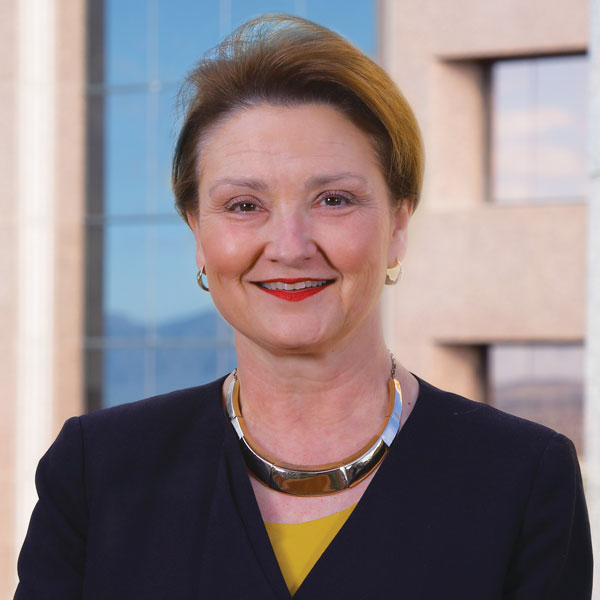Before a rocket or aircraft lifts off, the standard checklist phrase is “all systems go.” The Greater Phoenix economy has moved on to “light this candle.”
The signs are in every direction: Between July 2023 and July 2024, the Phoenix-Mesa-Chandler metro area grew by just shy of 85,000 residents, good for sixth fastest growing metro in the country. “Phoenix remained a rare bright spot among the nation’s 10 largest metro areas,” said a recent Placer.ai report on domestic migration in 2024. “The CBSA was the only major analyzed hub to maintain positive net domestic migration through 2024.” Headquarters and major offices are arriving from such companies as Dutch Bros., fashion manufacturer Kellwood, wealth management firm Kestra Holdings, LEGO Group, Canadian medtech company NeuroCatch Inc. and formerly California-based tech startup X-Silicon.
With 129 Inc. 5000 firms this year, metro Phoenix is No. 10 in the nation, just ahead of Boston and Philadelphia. That’s music to the ears of Christine Mackay, who began as the new president and CEO of the Greater Phoenix Economic Council (GPEC) in mid-October after 11 years with the City of Phoenix that saw her team facilitate the attraction of more than $190 billion in capital investment and 100,000 new jobs, and years before that doing the same work for the City of Chandler.

Christine Mackay, President and CEO, Greater Phoenix Economic Council
“Phoenix is the youngest of all the big cities,” Mackay tells me. She’s not talking about the region’s median age of 37.6 years old (younger than the U.S. median). She’s talking about the fact the city wasn’t founded until 1878 and didn’t really hit its economic development stride until the 1970s. She calls the No. 10 ranking in Inc. 5000 firms “incredible” because “these companies can be anyplace they want to be. Now, more than ever, they follow the workforce. They will go where their workforce is happy and wants to live.”
That’s why economic developers split time between recruiting companies and making the region a place the workforce wants to live, from downtown Phoenix to places such as Scottsdale, which in 2025 was home to 41 Inc. 5000 firms, two more than the City of Phoenix.
Regionalism is authentic here. “We all cross-collaborate,” she says of the 22 cities in the region. “We joke that there’s a bird on my paycheck,” meaning citizens all can muster under the same regional banner. “The differentiator for Greater Phoenix is our innovation and collaboration. We don’t know boundaries. We don’t kill each other … Companies are going to move across city borders. We pick up the phone and call each other. We have each other’s backs that way.”
Two things remain foremost in her mind for the region: keeping up with infrastructure and keeping up with continued in-migration and the needs of that growing population. A few points of pride from her time with the city: Since 2014, average household income has doubled to $106,000; the average wage of attracted jobs has grown from $36,000 to $86,000; and the education attainment level with some college has gone from 54% to 67%.
Brain drain is not an issue because she and her regional colleagues are making the market sticky. Think of it as a brain pool in the Sonoran Desert. Now: Let’s go for a swim.

